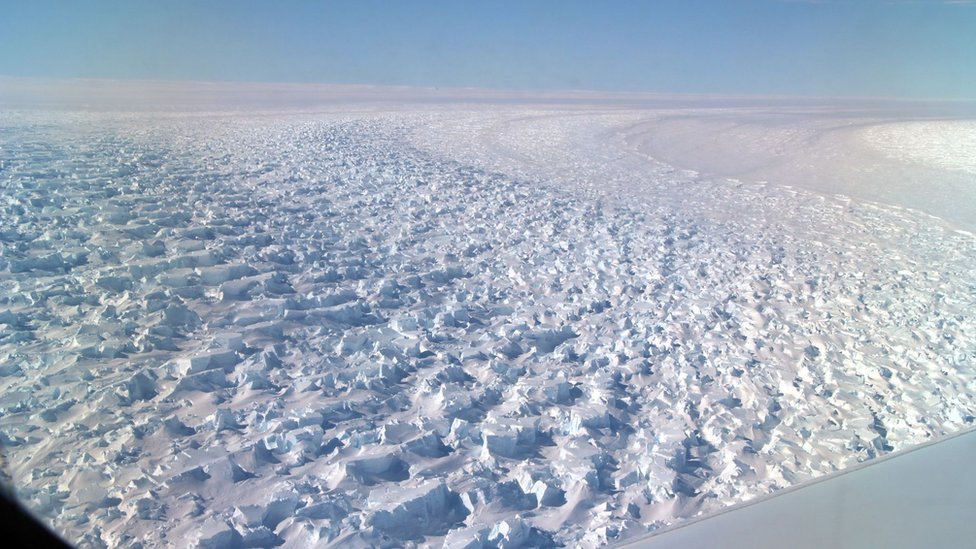A groundbreaking expedition to Antarctica’s Denman Glacier has revealed how ancient DNA (aDNA) can help scientists predict the future of Earth’s ecosystems. As climate change accelerates, researchers are turning to genetic material preserved in marine life to reconstruct past environments and anticipate how ecosystems might respond to ongoing environmental shifts. The study, led by Australian scientists aboard the research vessel RSV Nuyina, highlights the power of aDNA to inform conservation and climate resilience strategies.
The Denman Glacier: A Critical Climate Frontier

Located on the East Antarctica Peninsula, the Denman Glacier is one of the most remote and least studied regions on the planet. It has retreated five kilometers in the past two decades, and if it were to melt entirely, global sea levels could rise by 1.5 meters. Despite its significance, little is known about the biodiversity in this region or how it has changed over time. The recent expedition aimed to fill this gap by collecting benthic invertebrates—animals that live on the seafloor—whose DNA can reveal environmental conditions spanning thousands of years.
Ancient DNA as a Time Machine
By analyzing DNA fragments preserved in marine organisms such as sea cucumbers, brittle stars, and octopuses, scientists can reconstruct historical biodiversity and environmental conditions. These genetic records act like ecological time capsules, offering clues about how species adapted—or failed to adapt—to past climate events. This information is crucial for predicting how current ecosystems might respond to warming oceans, melting ice, and shifting habitats.
A Multidisciplinary Approach to Climate Science
The expedition aboard RSV Nuyina brought together 65 scientists from various disciplines, including marine biology, genetics, and oceanography. The ship was equipped to collect sediment cores, water samples, and environmental DNA, enabling researchers to study everything from microbial communities to large invertebrates. This integrated approach allows scientists to build a comprehensive picture of Antarctic ecosystems, both past and present.
Implications for Conservation and Policy
Understanding how ecosystems have historically responded to climate change can inform modern conservation strategies. For example, identifying species that have survived past warming events may help prioritize them for protection. Additionally, ancient DNA can reveal previously unknown species or genetic diversity, offering new targets for biodiversity monitoring. Policymakers can use these insights to design more effective marine protected areas and climate adaptation plans.
Conclusions

The use of ancient DNA to study Antarctica’s past is opening new frontiers in climate science. By decoding the genetic signatures of long-extinct ecosystems, researchers are gaining the tools to forecast future environmental changes with greater accuracy. As the planet faces unprecedented ecological challenges, the frozen archives beneath the Antarctic ice may hold the keys to resilience and survival.
Source:




